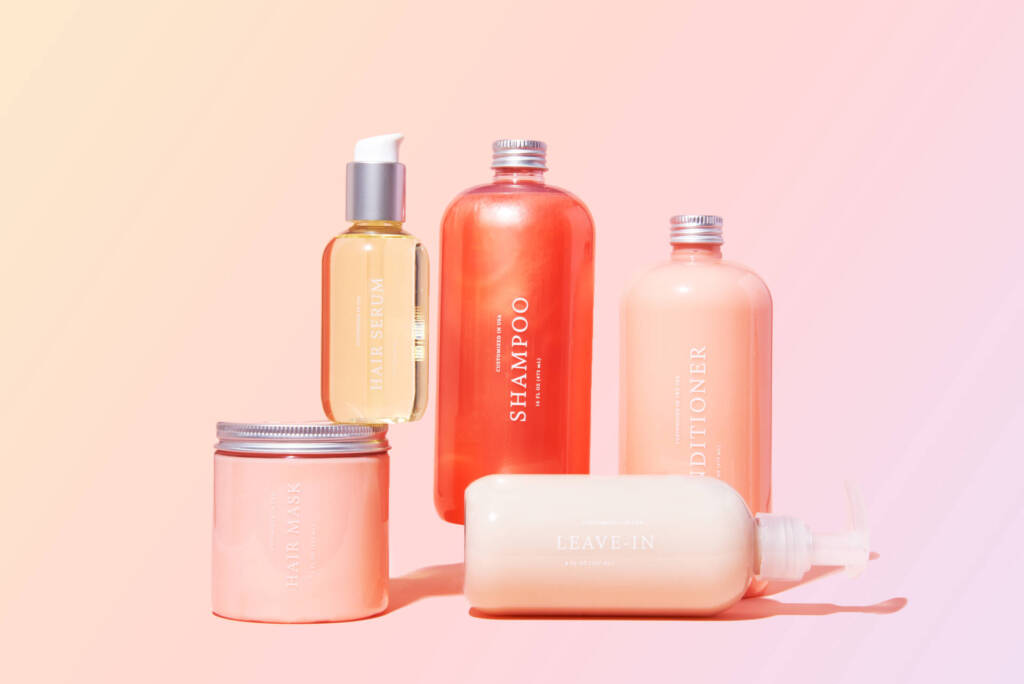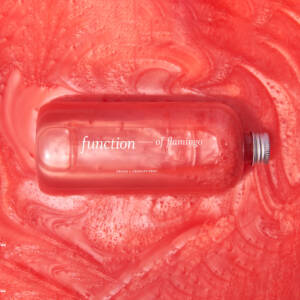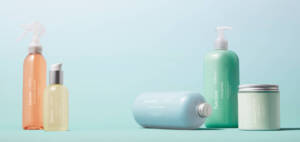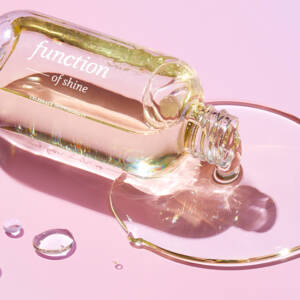Disclaimer: The information provided is not intended as medical advice. For any medical concerns, always contact your doctor.
You’ve probably heard a lot of talk about co-washing from your curly- and coily-haired friends. Looking at their frizz-free, glossy curls, you can’t wait to jump on the bandwagon. But what exactly is co-washing, and how does it differ from regular conditioning?
Before you take the plunge into the world of co-washing, we’re dishing up everything you need to know about this hair washing technique. From what it is to how you can work it into your haircare routine, this is the guide you’ll want to bookmark.
Co-washing: The Highlights and Benefits
To understand how co-washing can benefit your locks, we first have to talk about how conventional shampoos are possibly not doing your mane any favors.
As you well know, traditional shampoos can contain surfactants called sulfates to keep hair squeaky clean. Unfortunately, not everyone holds up well under the lather of these cleansing agents. Textured hair types can attest to this all too well, as sulfates can lead to a dry scalp and straw-like strands.
This is where co-washing comes in. If you’re new to it, co-washing is also known as the no-poo method because no shampoo is involved. Some people even swear by using regular conditioners for co-washing their mane. ‘Tis the reason why co-washing is also called conditioner-washing or conditioner-only washing.
Still, hair experts strongly recommend a co-wash over any conditioner sitting in your bathroom. Unlike a regular conditioner, a co-wash is a cleansing conditioner that gently clears away scalp debris while promoting optimal hydration. What’s more, co-wash products, like Function of Beauty’s custom co-wash, are often formulated without silicones for those who would like to avoid these haircare ingredients.
Because co-washes aren’t as drying or harshly cleansing as regular shampoos, they are unlikely to strip your hair of its natural oils and trigger dryness. Plus, the conditioning-like formula means you can skip your rinse-out conditioner afterward. (Although, if your hair is super dry, you can follow up with a conditioner or leave-in.)
So what are the benefits of co-washing, exactly? With lower odds of dry hair and dry scalp, this translates to less frizz, tangles, split ends, breakage, dullness, and flaking. In other words, your ‘do has never looked better.
Is Co-washing for Everyone?
Before you slather on the co-wash with glee, you may want to read this section first.
Many of us assume co-washing is reserved for the natural hair community. But if you’ve recently dyed, bleached, or treated your hair chemically in any way, you may find the no-poo method hydrating enough for your mane. Still, those aren’t the only hair types that play well with co-washing.
People with straight or wavy hair types can give conditioner-washing a shot. But proceed cautiously. Go with lightweight ingredients like aloe vera rather than rich, moisturizing ones like shea butter, which work better for dry, natural hair textures.
If you still aren’t sure whether co-washing is for you, use this mini checklist as your soundboard:
- Are traditional shampoos too drying for your hair?
- Are sulfate-based shampoos making it hard to detangle your mane?
- Do you want to refresh your ‘do in between your wash days with ease?
If you find yourself nodding yes to most, if not all, of the above questions, then the low-poo technique might work for your wash routine.
But you should also know there are a few caveats to co-washing.
First up, co-wash hair products are usually formulated with mildly cleansing nonionic surfactants. To get the most out of your co-wash, gently massage it into your hair, from roots to tips. This will help dislodge any surface buildup from your hair shafts more efficiently.
You should also note that co-washing may not be a match against non-soluble residues like silicones. If you’ve used a silicone-based product on your locks, don’t rely on your co-wash to remove all traces of product buildup from your hair.
Those with fine hair or an oily scalp may feel that their hair becomes weighed down after co-washing. To manage scalp buildup, you also likely have to wash more often when using a co-wash compared to regular shampoo.
For those with scalp issues, co-washing may not be ideal for you. In the case of seborrheic dermatitis, the triggers are usually sebum overproduction and yeast overgrowth. Using a co-wash may not clear out all the buildup of sebum, grime, and product, which can worsen the scalp condition.
How to Incorporate Co-washing Into Your Haircare Routine
If you can’t wait to try co-washing but aren’t sure how to go about it, we hear you. To co-wash the right way, keep these two things in mind:
Find Your Frequency
How often you should co-wash your hair depends on your hair type and the number of styling products you use.
For instance, those with coarse hair and dry curls may wash their mane anywhere between once a week to once a month. In this case, try co-washing once or twice a week in between your wash days.
Straight, fine, and wavy hair textures tend to wash more frequently. The same rule applies if you love styling your ‘do. To keep your scalp and hair clean yet well-moisturized, try co-washing once a week and see how your tresses react.
The bottom line is that co-washing products act as a gentle cleanser for your strands. Use a co-wash as you would a regular shampoo in between your wash days.
Team Up With a Clarifying Shampoo
To ensure you’ve removed every speck of dirt off your head, use a clarifying shampoo from time to time. For instance, if you co-wash once a week, switch up your cleansing conditioner with a clarifying shampoo once every 2-3 weeks or so. Feel free to tweak this frequency as you see fit.
It’s also important to choose a clarifying shampoo that effectively cleanses without drying out your locks. Remember, you don’t want to undo the hydration boost your co-wash has bestowed on you.
Your best bet then is a sulfate–free shampoo that doesn’t include parabens (which are drying in nature) and silicones (which can contribute to product buildup).
Pro tip: Function of Beauty’s haircare range is completely free from sulfates and parabens.
One Thing to Note if You’re New to Co-washing
For those new to the no-poo game, it’s totally normal for your mane to feel and look greasier at the start of your co-wash routine. As mentioned earlier, a cleansing conditioner isn’t formulated to remove all the natural oils from your hair. Rather, it washes away just enough sebum to maintain optimal hydration levels for your scalp and hair shafts.
Once your scalp is well-hydrated, it dials down its sebum production so that eventually, the natural oils on your head balance out. This is why after the transition period of a month or two, you can look forward to less oily yet well-moisturized locks. And that’s the magic of co-washing.
Your Ticket to Soft, Manageable, and Hydrated Strands
While co-washing is ideal for curly hair types, a cleansing conditioner can work for other hair types as long as you know how to properly use it as part of your haircare routine.
Depending on your hair type and styling needs, adjust your co-washing frequency to match your hair needs. Perhaps your tresses are on the drier, coarser side. In that case, co-washing once or twice a week should do the trick. But if you have dainty strands, co-wash sparingly (like once a week or so) to avoid the risk of flat hair.
Most importantly, switch up your co-wash product with a clarifying shampoo every few weeks — or as frequently as you need to. If you’re looking for a clarifying hair cleanser custom-made for your mane, all you have to do is take our hair quiz to meet your perfect match.
*Function of Beauty is not associated with Lorraine Massey, the Curly Girl Method (“CGM”), or Curly Girl: The Handbook. Reference to the Curly Girl Method is provided is for informational purposes only and is accurate to the best of our knowledge, however, it is not guaranteed. Product formulas can change at any time.





